TrimTabs Investing: Using Liquidity Theory to Beat the Stock Market
$18.96
| Author(s) | , |
|---|---|
| Format |
|
| Pages |
209 |
| Publication Year |
2005 |
TrimTabs Investing shows you how to beat the major stock market averages with less risk. This groundbreaking book begins by comparing the stock market to a casino in which the house (public companies and the insiders who run them) buys and sells shares with the players (institutional and individual investors). TrimTabs Investing argues that stock prices are primarily a function of liquidity—the amount of shares available for purchase and the amount of money available to buy them—rather than fundamental value. Finally, it outlines the building blocks of liquidity theory and explains how you can use them to predict the direction of the stock market.
Introduction:
Buy-and-hold investors whose stock holdings have swelled to become a fortune are often mistaken about why they are successful. While they often boast about their investing prowess, the 200-year bull market driven by the record-setting U.S. economy is actually responsible for their success. In other words, they confuse wisdom with a bull market. Many investors who began playing the stock market casino in the late 1990s buying Internet start-ups on tips from friends or brokers lost nearly all of their money. Yet investors who did their homework and bought a basket of good quality companies even though at inflated prices—such as Amazon.com, Cisco Systems, eBay, Intel, Johnson & Johnson, Pfizer, WalMart, and Yahoo!—will probably do all right if they hang on to their holdings for the next generation or so.
Liquidity theory is designed for sophisticated investors who want to achieve higher returns than those available through dollar-cost averaging or buying and holding the stocks of great companies. As this book explains, liquidity theory holds that the stock market is no different from the market for any other good. As in other markets, stock prices are set by supply and demand, not fundamental value. In other words, stock prices do not change based on changes in expected future earnings, as most people on Wall Street claim. Instead, they are determined by changes in the number of shares in the stock market and the amount of money available to buy them. Liquidity theory uses this information to predict the direction of the stock market.
TrimTabs Investing details a unique investment strategy not explained in other books. Whether you are a hedge fund manager with $250 million in assets under management or an individual investor with a small nest egg, this book shows you how to put the power of liquidity theory to work in your portfolio. Assuming the U.S. economy continues to grow between 3 percent and 6 percent annually over the next few decades (and I will discuss below why I believe this level of growth is quite realistic) investors who follow liquidity theory will likely amass great fortunes over time. How can I be so sure? TrimTabs clients who have invested according to liquidity theory have trounced the major stock market averages over the past decade.
Contents:
- A Tale of Fortune Lost
- The Genesis of Liquidity Theory
- The Principles of Liquidity Theory
- The Building Blocks of Liquidity Analysis
- Demolishing the Cult of Earnings
- The House: Secret Corporate Power
- The Players: Buying, Selling, and Borrowing
- Looking Back
- The Bull Market and the Bubble
- The Aftermath
- Swinging for Singles: Lower-Risk Strategies
- Swinging for the Fences: More Aggressive Strategies
- Managing Difficulties
- New Applications
- How Liquidity Could Save the Markets
TrimTabs Investing: Using Liquidity Theory to Beat the Stock Market By Charles Biderman and David Santschi pdf
8 reviews for TrimTabs Investing: Using Liquidity Theory to Beat the Stock Market
Clear filtersOnly logged in customers who have purchased this product may leave a review.

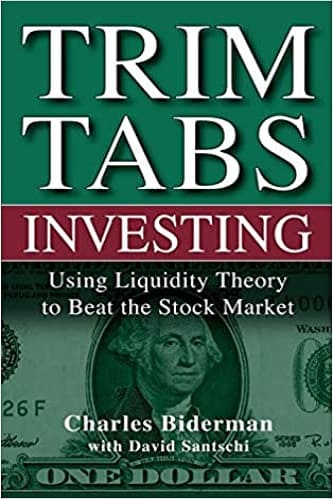
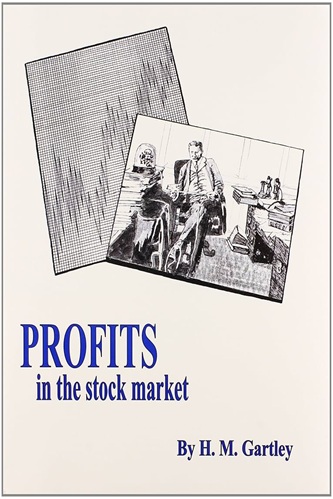
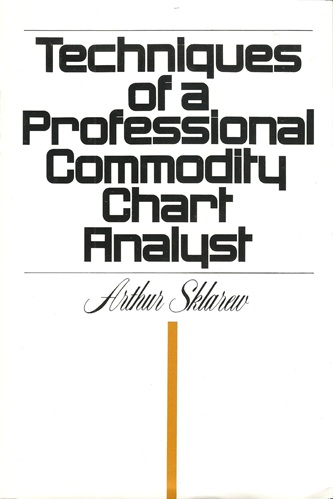

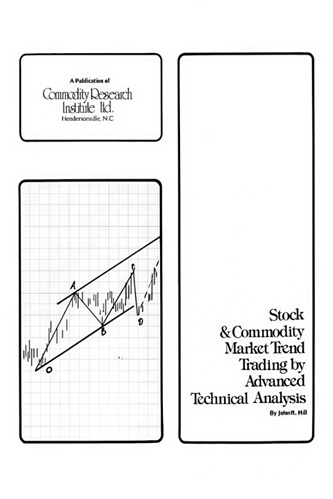
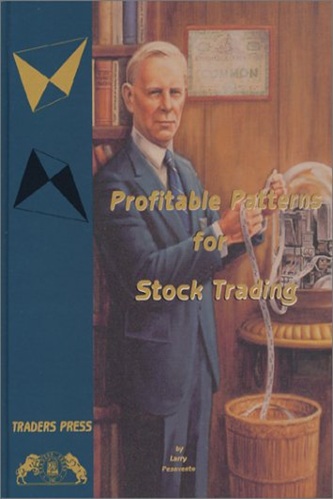
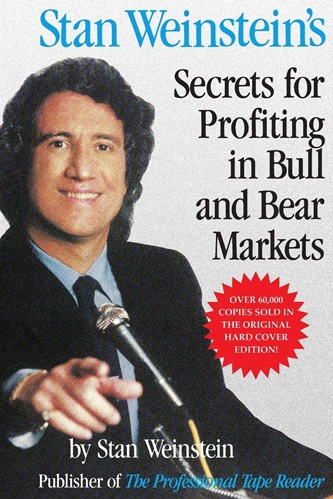

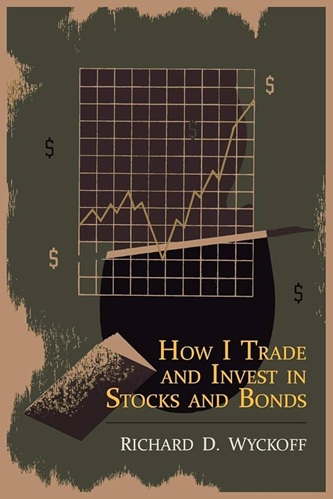
Leonidas McCullough (verified owner) –
Charles Biderman thinks about the stock market differently. In his book, he uses liquidity analysis to very effectively predict the short term direction of market. He does it in a clear, simple and concise way. Is it a silver bullet? Of course not. There is no silver bullet! However, I have been an independent sales contractor selling TrimTabs Investment Research for nearly ten years and I can tell you that 29 of the largest over $1-5 billion hedge funds buy TrimTabs research. Why? Because it is original and unique research. I have come across no other similar research in all my years selling it. The book is worth reading for this reason alone.
Hana Nichols (verified owner) –
If you are tired of conventional investing wisdom and curious of how the largest hedge funds have done so well – TrimTabs Investing is a must read.
The book is a great resource for investors who seek to make money in all market conditions. While most investors are wrapped up in second guessing earnings estimates, Charles Biderman has focused on the supply and demand of equity stock outstanding. Turns out, company insiders have been doing this all along and they know more about how they are doing than we do.
Using basic Liquidity Theory, which bases market timing recommendations on a fact-based approach that monitors the signal value of changes in the supply and demand of equity stock outstanding, Mr. Biderman provides a simple, transparent, and repeatable process for actively managing market exposure.
With a strong foundation in liquidity theory, you will have more confidence in going against the grain, shorting the market when it is over-backed and going long when equities are undervalued.
I highly recommend the book.
Langston Person (verified owner) –
This book is really different for the world of finance because it is frank and down-to-earth without making a lot of grandiose claims. As an individual investor, I am not interested in tracking company earnings but want to time my buy, move and rebalance decisions.
I could relate to the character in the first chapter. I was not as interested in the looking back section as much as the liquidity in action and the looking ahead sections. So, it’s about reading the chapters that pertain to your investment goals.
There, I confess to skipping the more aggressive strategies but the point is that Biderman makes these strategies available. The view of supply and demand in the market is intriguing. This liquidity view seems to be an important piece of the puzzle. The author’s voice is loud and clear. I like his candor. I think it’s irrelevant what his company charges for research because this book gives me a rare inside look at how professional money managers might operate. Biderman sounds like someone I’d like to sit down with for a consultation.
Adam Young (verified owner) –
This book presents a series of indicators that track the supply of stocks from corporations and the demand of stocks by the public and investment firms. The author has devised these indicators over a long time but only recently (compared to other indicators) has put them together in a working system. His company provides updates to all of these indicators but the author also tells you how to prepare a number of them yourself.
It appears that the getting the data is somewhat difficult and messy. It thus borders more on art than science, as some data series come out late (but they are lagging indicators) and some data is just irregular or estimated.
The author’s testing show great results over the exuberant 2000 decline, but I believe the time period of live testing has been too short and the messiness of the indicators themselves augur for more testing.
Please note that it is doubtful that the average investor can accumulate the data to replicate what the authors have proposed. However, there are spin-off indicator ideas that could be applied by the interested market-timer.
Also note that there are many researchers who say that market timing is impossible, and that any research pointing to success just used a small period of time where it worked. They also say that market timers who say their systems have worked over the last 70 years have either fit their data going backward, or are just a statistical anomaly.
However, most market timers say that market timing can increase your odds of success in the market many times (like double or triple your returns if you can avoid the worst 10% or 20% of the market). To apply the research of these authors, you have to believe that market timing actually works, or that you can shave the odds to your favor.
I like this book because it clearly lays out a new indicator methodology along with a rationale. It’s up to the reader then to prove that the system works or that he can derive new, easier or better indicators on his own.
Zoey Bean (verified owner) –
The book while never been read has sat on the shelf for a long time(years) as the pages where turning brown.T he book itself is for advanced investors.
Zariah Fischer (verified owner) –
I was riveted to the first several chapters because I came to the same conclusions concerning the “Stock Market Casino” that the author did. As the book went on, I learned about liquidity theory and was all excited that I was “on to something”. As I read the recommendations for dollar cost averaging Vanguarg Mutual Funds and ETF’s, I started to disconnect with the author. And then the author explained that it is difficult to compute liquidity theory because the data supplied to the public is delayed by at least a month making the data unreliable for timely investment decisions. I was also disappointed at the explanation of why the liquidity theory would have you getting out of the market during the big bull run of mid 2003 – 2004. He mentioned that the theory can sometimes be an art…. So, now I believe in the liquidity theory but I’ll have to figure my own strategies to use it.
Harris Ho (verified owner) –
Charles Biderman is writing about the “Liquidity Theory” in the stock market.
How any investor can use his ideas and philosophies to beat the casino on Wall Street. This is for the Small AND Sophisticated investor who is looking for a great advantage when it comes to investing in the stock market.
This book explains what numbers to focus on and what is irrelevant when considering a stock.
A must read for any investor.
Mccoy Todd (verified owner) –
The author claims to have altruistic motives and does present some new ideas, which likely work. Unfortunately, it is difficult to collect all the data by oneself. The subscription service is expensive. If Mr.Biderman is truly altruistic, he will keep his subscription cost low.